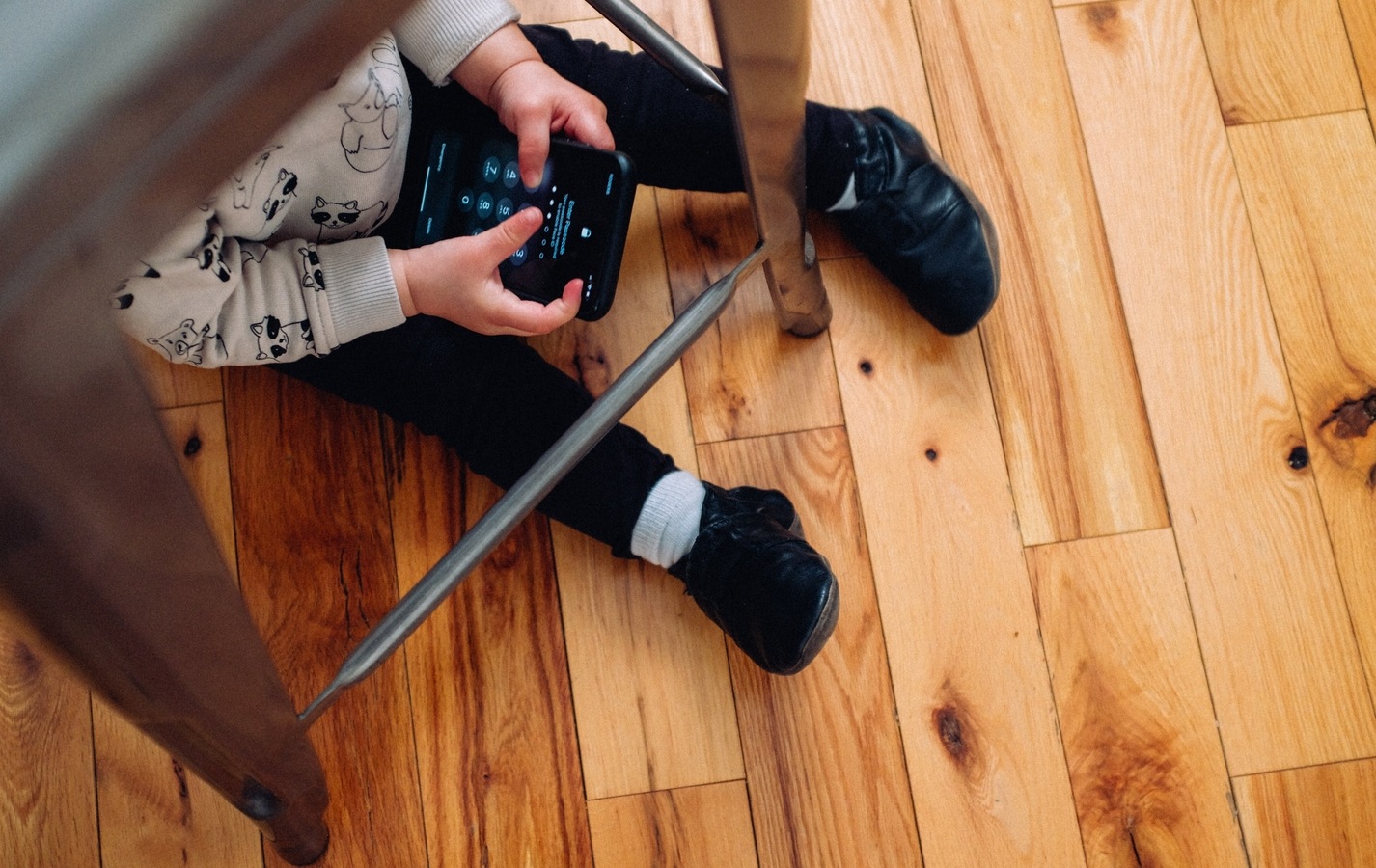Study reveals using a smartphone help detect anaemia in children
With just a collection of smartphone photographs, researchers from the University of Ghana and the University of London were able to accurately determine whether or not children had anaemia.

With just a collection of smartphone photographs, researchers from the University of Ghana and the University of London were able to accurately determine whether or not children had anaemia. Researchers and medical professionals from Korle Bu Teaching Hospital in Ghana, UCL Engineering, UCLH, and other institutions collaborated on the study, which was published in PLOS ONE, to examine a novel non-invasive diagnostic method utilising smartphone images of the face and eyes.
The advance could make anaemia screening more widely available for children in Ghana (and other low and middle-income countries) where there are high rates of the condition due to iron deficiency, as the screening tool is much cheaper than existing options and delivers results in one sitting.
The paper builds on previous successful research undertaken by the same team exploring use of an app - neoSCB - to detect jaundice in newborn babies.
Anaemia is a condition causing a reduced concentration of haemoglobin in the blood, which means oxygen is not transported efficiently around the body.
It affects two billion people globally and can have a significant impact on developmental outcomes in children, increasing their susceptibility to infectious diseases and impairing their cognitive development.
The most common cause of anaemia globally is iron deficiency, but other conditions such as blood loss, malaria and sickle-cell disease also contribute.
First author, PhD candidate Thomas Wemyss (UCL Medical Physics & Biomedical Engineering) said, "Smartphones are globally popular, but research using smartphone imaging to diagnose diseases shows a general trend of experiencing difficulty when transferring results to different groups of people.
"We are excited to see these promising results in a group which is often underrepresented in research into smartphone diagnostics. An affordable and reliable technique to screen for anaemia using a smartphone could drive long-term improvements in quality of life for a large amount of people," he said.
Traditionally, diagnosis of anaemia requires blood samples to be taken, which can be costly for patients and healthcare systems. It can create inequalities related to the expense of travelling to hospital for a blood test. Often families need to make two trips, to have a blood sample taken and then to collect their results, due to samples being transported between the clinic and the laboratory for analysis.
In the 1980s a handheld device, the HemoCue, was developed to provide more immediate results, but this carries significant upfront and ongoing costs, as well as still needing a finger-prick blood sample.
The researchers knew that haemoglobin has a very characteristic colour due to the way it absorbs light, so aimed to develop a procedure to take smartphone photographs and use them to predict whether anaemia is present.
They analysed photos taken from 43 children aged under four who were recruited to take part in the study in 2018. The images were of three regions where minimal skin pigmentation occurs in the body (the white of the eye, the lower lip and the lower eyelid).
The team found that when these were evaluated together to predict blood haemoglobin concentration, they were able to successfully detect all cases of individuals with the most severe classification of anaemia, and to detect milder anaemia at rates which are likely to be clinically useful.
Principal investigator Dr Terence Leung (UCL Medical Physics & Biomedical Engineering) said, "Since 2018, we've been working with University of Ghana on affordable ways to improve healthcare using smartphones. Following our success in screening neonatal jaundice, we are so excited to see that the smartphone imaging technique can also apply to anaemia screening in young children and infants."
Senior author Dr Judith Meek (UCLH) added, "Anaemia is a significant problem for infants, especially in low- and middle-income countries, and we hope this sort of technology will lead to earlier detection and treatment in the near future."
Catch all the Latest Tech News, Mobile News, Laptop News, Gaming news, Wearables News , How To News, also keep up with us on Whatsapp channel,Twitter, Facebook, Google News, and Instagram. For our latest videos, subscribe to our YouTube channel.






















